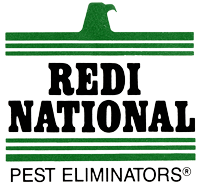Ballard Row Houses: Why Rats Target Them in Winter
Ballard’s row houses—compact, often historic attached homes that line the neighborhood’s streets—are part of what gives the area its tightly knit urban character. But that same density, combined with Ballard’s waterfront location and older building stock, also creates an environment that can be especially attractive to urban rodents once temperatures drop. In winter many residents…
